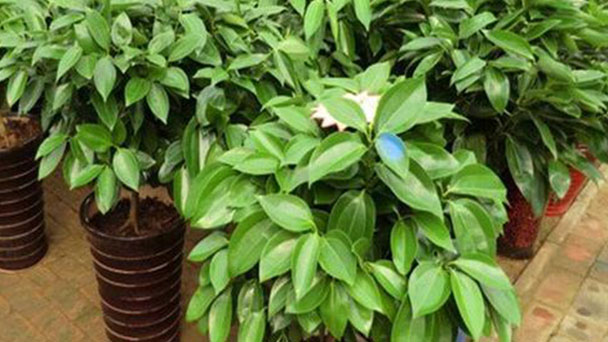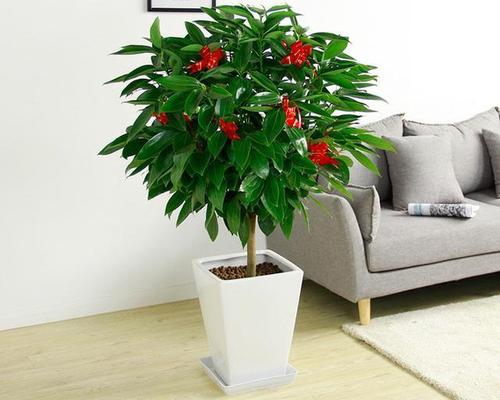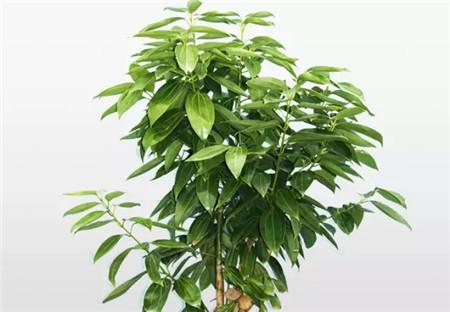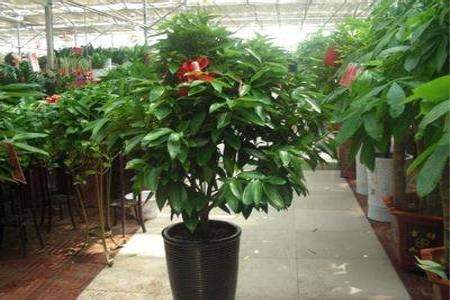How to care for Cinnamomum Kotoense
Written by Maggie
Dec 25 2020

Cinnamomum Kotoense, a beautiful small tree restricted to a few small subpopulations on Lanyu Island. Cinnamomum Kotoense is mostly used for ornamental purposes, although it is closely related to Cinnamon spice plants (C. zeylanicum, C. cassia). How to care for Cinnamomum Kotoense when you grow? Let’s take a look!

How to care for Cinnamomum Kotoense leaves droop and dried
Cinnamomum Kotoense had leaves that were droop and dried that were cold and frostbitten because of the bad temperature. cinnamomum kotoense was designed to avoid the heavy sun and to give shade. During the growth of Cinnamomum Kotoense, nutrients were to be provided with abundance, and fertilizers were to be diluted for use. Cinnamomum Kotoense was watered so much every time that the roots rotted.
1. Temperature for Cinnamomum Kotoense
Cinnamomum Kotoense was able to grow at 20 ~ 30℃. When the environment is dry, water can be sprayed in the air and on the surface of the leaves to cool and moisturize them. With the temperature dropping in winter, you need to do a good job of warming protection. The temperature was lower than 0℃, and it was easy to frostbite with big omum Kotoense leaves that were drooping and dry, and you needed to move to the room to conserve in winter.
2. Light for Cinnamomum Kotoense
Cinnamomum Kotoense was promoted with lots of light. In winter there was not enough light, so you could keep leaves in bright and ventilated places to ensure sunshine.In summer, the sunlight is strong, and prolonged exposure to the sun will cause sunburn on the leaves, resulting in drooping and dry hair, which requires shade protection.
3. Fertilization for Cinnamomum Kotoense
Cinnamomum Kotoense was inseparable from the growth of nutrients. Without enough nutrients, leaves grew slowly, and there were lots of drooping leaves with dry hair. In the growing season of Cinnamomum Kotoense, the timely fertilization and the addition of ferrous sulfate helped to make the soil acid that promoted the continuous growth of Cinnamomum Kotoense. The concentration of fertilizer was too high and had to be diluted.
4. Watering for Cinnamomum Kotoense
Cinnamomum Kotoense was not waterlogged. There was lots of rain in summer and you did a good job of removing water from the soil. Water thoroughly every time, and wait until the soil is dry before watering. The temperature increased in summer ensured that the soil was in a state of moisture and prevented rottenness that led to roots that affected the growth of Cinnamomum Kotoense and that the leaves tended to droop and dry.

How to care for Cinnamomum Kotoense leaves dried and yellow
Cinnamomum Kotoense leaves were dried and yellow, which could have been caused by bad watering, bad soil, too much fertilizer, and too much light. You could change the pot every two years according to the size of the plants.
1. Watering for Cinnamomum Kotoense
Cinnamomum Kotoense was often grown as a potted plant. Cinnamomum Kotoense had a high requirement for water, and when not watered correctly, leaves were dried and yellow. During growing, water according to the soil conditions. Water until the soil is dry and stop watering when the soil is wet.
2. Soil for Cinnamomum Kotoense
The soil for growing Cinnamomum Kotoense had not changed for a long time, and when the soil rotted, the leaves of the plants were dried and yellow. Cinnamomum Kotoense grew very fast. You had to change the soil according to the size of the plants every two years. The changed soil was combinations of garden soil, peat soil and perlite.
3. Fertilizer
Cinnamomum Kotoense was very strict with fertilizer. You had to apply fertilizer to plants once every half a month when growing Cinnamomum Kotoense. The amount of fertilizer that was applied each time should not be too much, otherwise it was easy to cause fertilizer damage that caused withered and yellow leaves. You can dilute the fertilizer with water before you fertilize. You can fertilize the plants many times with little fertilizer.
4. Light for Cinnamomum Kotoense
Cinnamomum Kotoense was fond of growing in a warm and dry environment. It’s afraid of bright lights. You had to let the plants have plenty of light and shade when you were raising them. Cinnamomum Kotoense growing in places that were too bright for a long time will cause dried and yield the leaves of the plants, and in bad cases the leaves drop.

Latest Updated
- Benefits of Bugleweed - 7 Science-backed Health Benefits
- Bugleweed Dangers & Side Effects - Is It Poisonous?
- How to Plant Evergreen Trees - What You Should Know
- When to Plant Evergreens - Grow Guide for Evergreen Trees
- 12 Wonderful Evergreen Shrubs for Your Garden
- 12 Popular Evergreen Plants with Pictures for Beginners
- When And How To Prune A Lilac Bush Like a Pro
- How to Grow & Care for Lilac Vine (Hardenbergia Violacea)
- Japanese Lilac Tree (Syringa Reticulata) Care & Propagation Guide
- Shumard Oak Pros and Cons - What to Know
Popular Articles
- Winter maintenance of Antirrhinum Majus
- How to Grow Terminalia Mantaly Tree
- How to Grow and Care for Crossostephium Chinense
- How to grow Antirrhinum Majus in spring
- Peristeria Elata (Dove Orchid) Profile: Info & Care Guide
- Underwatered Snake Plant (Sansevieria Trifasciata) - Signs And How To Fix
- How to Care for Brazilian Jasmine Plant (Mandevilla Sanderi)
- How to Grow & Care for Graptopetalum Purple Delight in Summer
- Rosa Chinensis (China Rose): Plant Growing & Care Tips
- How to Care for Baby Sun Rose (Aptenia Cordifolia)